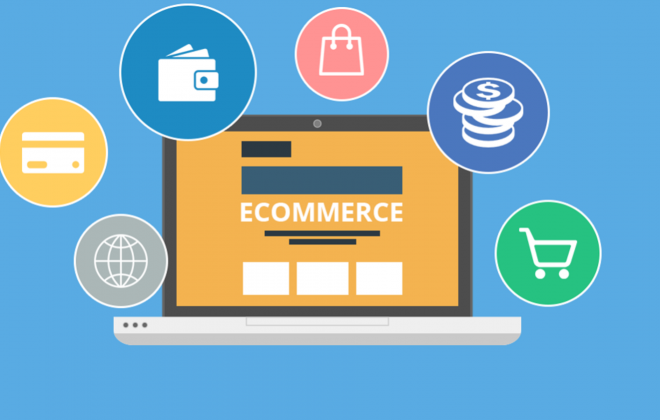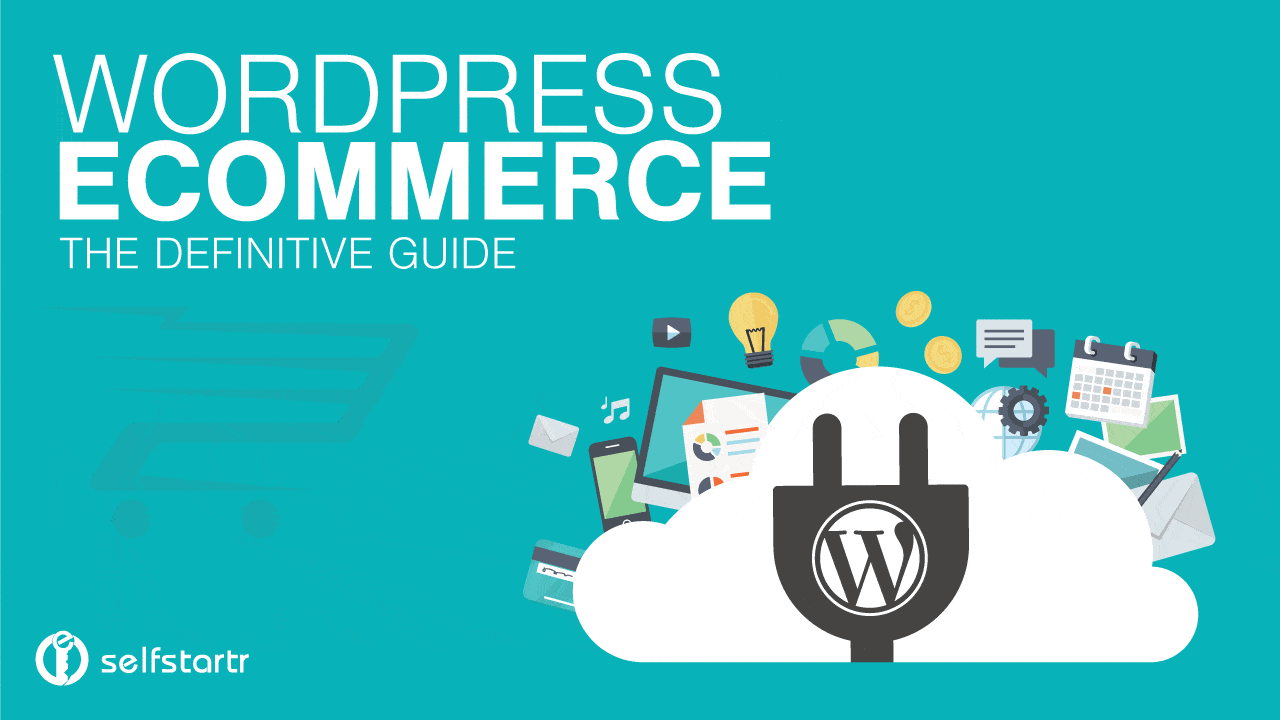Running a small online shop feels tough when Amazon is everywhere, but WordPress e-commerce gives regular folks a real shot. It’s not about beating the giant at its own game; it’s about building a store that feels human, local, and personal.
Why even talk about WordPress e-commerce?
A couple of years ago, I had a friend who tried selling handmade soaps online. She went straight to Amazon because “that’s where everyone shops.” Within a few months, she hated it. Fees ate her up, she had zero control over how her shop looked, and her brand was just a small dot in a sea of thousands. She quit for a while. Later, she built a WordPress e-commerce store. It was messy at first, but she learned the ropes and suddenly had a real business she controlled. Her story is why people still ask Can small shops compete with Amazon without going broke or losing their identity?

Can WordPress e-commerce really stand up to Amazon?
Amazon has money, ads, fast shipping, and trust. That feels scary if you’re just one person selling coffee beans, t-shirts, or custom furniture. But here’s the truth: people don’t always want Amazon. They want local, they want personal, they want someone who knows their story. WordPress e-commerce gives that freedom. You control the store design, you build the mailing list, you own the customer data. Amazon won’t give you that.
What makes WordPress e-commerce work better for small shops?
-
Full control: Every color, every button, every word belongs to you.
-
No hidden fees: Plugins and hosting cost money, sure, but you’re not giving away 30% of every sale.
-
SEO advantage: Google can see your content. When you blog about your products, reviews, or tips, your site starts climbing in search results.
-
Community connection: You can target neighborhoods. A bakery in Austin can write about “best gluten-free cookies in Austin” and beat Amazon for local searches.
I once read a post from a small woodshop in Portland. They made custom desks and wrote about how they source local wood. That blog alone brought them orders because it felt real. Amazon can’t write that kind of story.
How do you make people choose your WordPress store over Amazon?
Ask yourself what’s Amazon bad at? Customer care. Personality. Local pride. You win by leaning into those gaps. Here’s what helps:
-
Personal stories: Tell why you started. People connect with that.
-
Product details: Add real photos, even ones that aren’t perfect. Amazon is full of stock images.
-
Local trust: Offer pick-up or fast local delivery. Many shoppers want to keep money in their town.
-
Content marketing: Write simple guides, reviews, and stories about your niche. Every blog post is another door for Google traffic.
Isn’t WordPress e-commerce too hard to manage?
A lot of folks panic at the tech. Themes break, plugins fight, and checkout bugs show up at the worst time. I remember a neighbor who runs a candle shop. Her site crashed on Black Friday. She almost cried. But the fix wasn’t Amazon; it was learning how to keep backups and using a reliable host. The lesson: WordPress takes some care, but once you know the basics, it’s steady. And unlike Amazon, you’re not trapped in rules that change overnight.

What plugins make WordPress e-commerce less of a headache?
-
WooCommerce: The backbone. Free, flexible, massive support.
-
Yoast SEO: Helps get your pages ranked.
-
WP Rocket or similar: Makes the site load faster.
-
Stripe/PayPal plugins: Easy payments.
-
Backup plugins: Save your skin when something goes wrong.
The key is not loading your site with twenty random plugins. Pick a few strong ones, keep them updated, and test before adding more.
How do small stores beat Amazon on trust?
Trust comes from showing your face. Add a photo of yourself packing orders. Share reviews, even the “it shippedslowlyw but the seller fixed it” kind. People don’t expect perfection—they expect honesty. A handmade jewelry shop I followed on Instagram once posted a picture of a batch that came out wrong. They laughed about it, then sold the flawed batch at a discount. That post alone got more engagement than their “perfect” photos. Amazon will never do that.
Can blogging really bring sales to a WordPress e-commerce store?
Yes. Think about what people type in search. “Best eco-friendly dog toys.” “How to fix leather boots.” If your shop sells those things and you’ve written about it, you show up. Amazon might rank, too, but often the small, detailed blog beats the giant listing. Google likes content that feels useful and human.
One store I know wrote a guide called “How to store sourdough bread in hot Texas summers.” They sold bread knives, but the blog brought in locals searching for storage tips. The traffic converted. That’s the power of mixing e-commerce with real stories.
What about seasonal sales?
Amazon blasts deals year-round. You don’t need to match that. Instead, tie your store to seasons and local culture. Example: a roofing supply shop blogged every spring about “storm season prep in Oklahoma.” It was short, simple, and drove sales every year when storms hit. For your WordPress e-commerce store, think: holidays, local events, weather. These hooks build habits with readers.
Does WordPress e-commerce scale if the shop grows big?
Yes, but it takes planning. Cheap hosting works for small traffic, but if you suddenly get 10,000 visitors in a day, you need stronger hosting. That’s not failure, it’s a sign you’re growing. Many big brands still run on WordPress. The smart move is to start small, then upgrade as needed.
What’s the best mindset for competing with Amazon?
Don’t try to beat them at their game. They win at cheap and fast. You win at real and human. Build your shop like you’d build a small local store. Say hi to people. Show behind the scenes. Share mistakes and wins. WordPress e-commerce lets you do that without middlemen.
Final thoughts
Amazon will always be the giant. But small shops can still win if they focus on relationships, stories, and trust. WordPress e-commerce is the tool that lets you do that. It won’t always be smooth. Plugins will break. Updates will annoy you. But every sale is yours. Every customer knows your name. And that’s the kind of business that lasts.
Also Read: Importance of Local SEO
Frequently Asked Questions
How much does it cost to run a WordPress e-commerce store?
Most folks spend on hosting, a domain, and maybe a premium theme. WooCommerce is free, but extra plugins can add up. Still, it’s usually way cheaper than Amazon’s fees. You’re talking maybe $30–$60 a month to get started.
Is WordPress e-commerce safe for payments?
Yes, as long as you use trusted payment gateways like Stripe or PayPal and keep your site updated. A lot of small stores also add SSL certificates (the little lock sign in the browser). That gives buyers peace of mind.
Do I need to know coding to sell on WordPress?
Nope. Coding helps, but most people use drag-and-drop themes and plugins. If you can run Facebook or Instagram, you can learn WordPress e-commerce basics.
What if my site is slow compared to Amazon?
A slow site can kill sales. Good hosting and caching plugins fix most of that. Also, keep your images small in size. Amazon’s fast because of huge servers, but small stores can feel just as smooth with the right setup.
Can a small WordPress e-commerce shop really compete with Amazon’s shipping?
Not on speed nationwide. But you don’t need to. Focus on local delivery, free pickup, or clear shipping times. Shoppers often pick small stores when they know the owner and trust the product.
How do I get people to actually find my store?
Blogging and SEO. Write posts around the questions people ask on Google. Example: “Best leather wallets under $50” or “How to care for silver jewelry.” Those posts pull in traffic. Social media helps, too, but search is the long game.
What happens if my WordPress e-commerce site crashes during a sale?
It happens. That’s why backups are lifesavers. Most hosts let you set automatic backups. If your site breaks, you roll it back to yesterday’s version. Cheaper than paying Amazon forever.
Is WooCommerce the only choice for WordPress e-commerce?
It’s the most popular. Easy to set up, tons of support, and free. Other plugins exist, but WooCommerce usually does the job for beginners and even big shops.
Can WordPress e-commerce handle thousands of products?
Yes. Plenty of large stores run on it. The trick is keeping the site clean, using good hosting, and not stuffing it with junk plugins.
What’s the hardest part about WordPress e-commerce?
Keeping up with updates. Themes, plugins, WordPress core, all of it changes. Miss an update, and things break. It’s annoying, but once you get in the habit, it’s just part of the routine.
